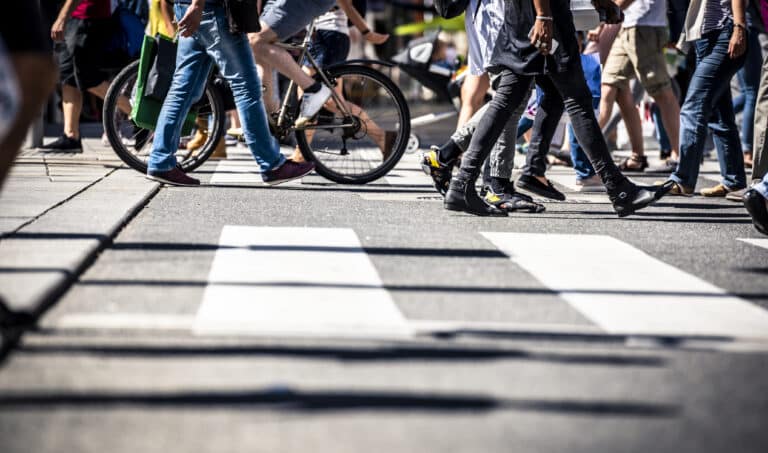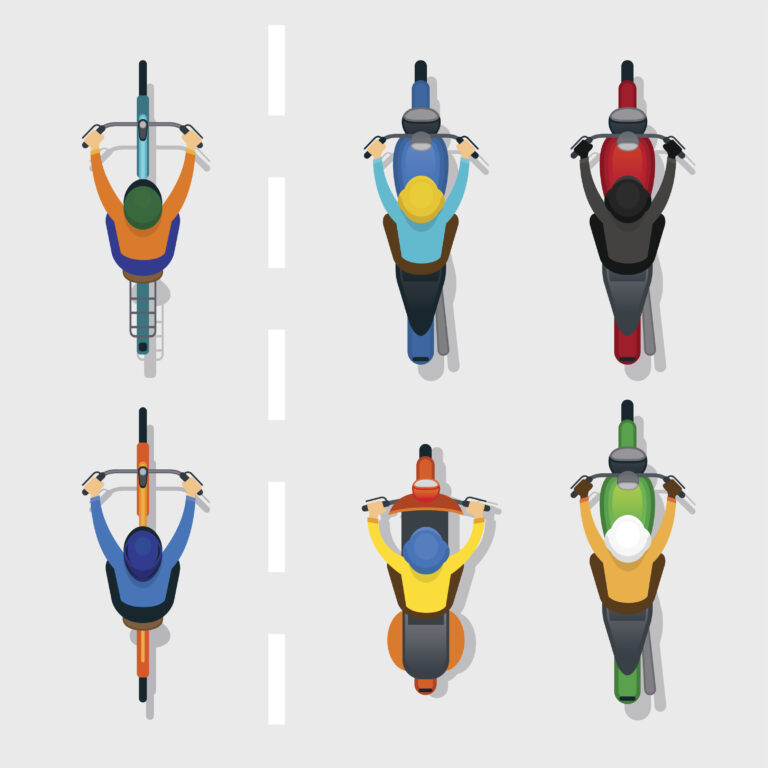Bicycling is more than a leisure activity or a means of transportation; it’s a lifestyle embraced by millions for its health benefits, environmental friendliness, and the sheer joy of gliding on two wheels. However, even the most seasoned cyclists may overlook certain safety aspects that can significantly impact their well-being and that of others sharing the road. Let’s dive deeper into some bicycle riding safety rules that might get overlooked.
Passing Pedestrians Safely
While much emphasis is placed on the distance between bicycles and motor vehicles, many riders don’t consider the necessary space given to pedestrians. Cyclists are advised to pass pedestrians as they would any other vehicle—maintaining a safe distance. A rule of thumb is to leave at least three feet of space when overtaking pedestrians to ensure both parties’ safety and comfort.
Using Hand Signals Beyond Turning
Most cyclists know the basic hand signals for left and right turns. However, safe signaling goes beyond these fundamental gestures. Indicating slowing down or stopping by extending your arm downward, palm facing behind, can be immensely helpful in preventing collisions, especially in group rides or heavy traffic conditions. (Think of it as the cyclist’s equivalent of brake lights.)
Riding Single File—or Not
Common wisdom suggests that cyclists should always ride in a single file to avoid obstructing traffic. However, this isn’t always the safest practice. Riding two abreast in certain conditions when space permits can make cyclists more visible to drivers and discourage unsafe overtaking. Always assess the situation and local laws to determine the safest formation. (Additional tip: Riding two abreast is typically the maximum recommended formation; three or more abreast is considered unsafe.)
The Overlooked Hazard of Quiet Vehicles
With the rise of electric and hybrid vehicles, one of the traditional cues of an approaching car—engine noise—is often quieter or absent. Some makers are designing their EVs to produce artificial sounds to announce their arrival, but it’s not a universal practice yet. This new reality requires cyclists to heighten their visual awareness, especially at intersections and driveways, where quiet vehicles can emerge unexpectedly.
Perform Regular Bicycle Safety Checks
Veteran cyclists may feel confident in their bike’s condition but may be unaware of emerging issues. A “bicycle audit” before each ride—inspecting brakes, tires, and lights—can prevent accidents caused by unknown mechanical failures. Moreover, familiarizing oneself with the Bicycle Road Safety Audit Guidelines can offer insights into safer cycling practices and infrastructure use.
As a bicyclist, you have the same rights on the road as motorists, but that does not mean every driver will watch out for you. If someone else’s negligence results in your being injured on a bike, you may be legally entitled to compensation. Consult with our personal injury attorneys to discuss your case.







